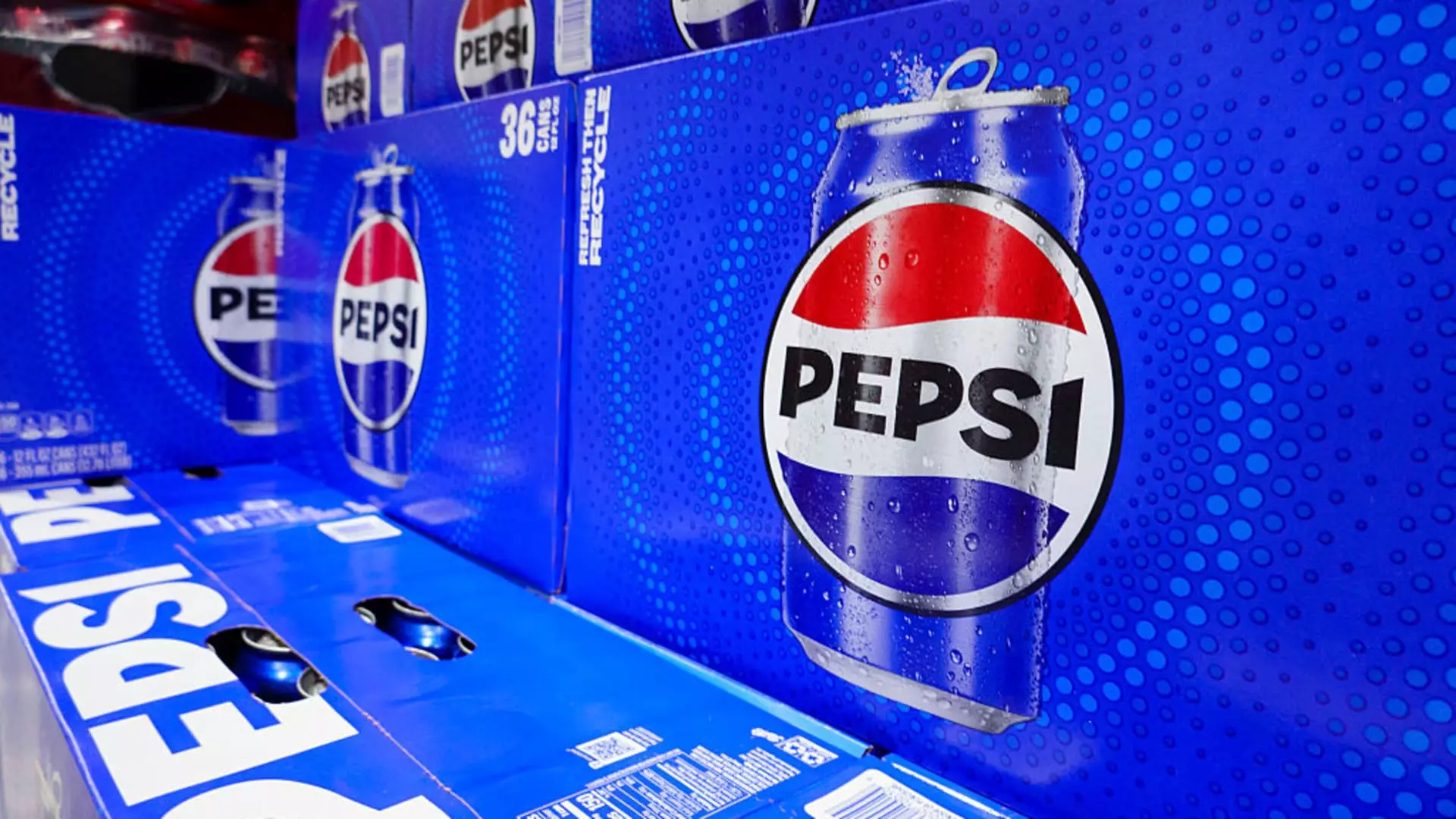PepsiCo’s latest financial report paints a picture of cautious optimism, but beneath the surface, a complex reality emerges: the company’s recent gains are as much a product of strategic tweaking as they are a reflection of genuine market strength. While shareholders rejoiced at a modest rise in stock prices and a slightly better-than-expected earnings report, these numbers are hardly cause for celebration. Peering closer, it becomes evident that Pepsi’s growth trajectory remains shaky, hampered by shifting consumer preferences and the persistent downturn in North American demand. They talk a lot about “recovery,” but in truth, the company’s core struggles—declining volumes and sluggish demand—are far from resolved.
AStrategic Band-Aid, Not a Cure
To arrest the decline, PepsiCo is throwing everything into a repositioning effort: focusing on healthier snacks, multicultural offerings, and cost-cutting measures. However, these initiatives feel reactive rather than proactive, serving more to patch over existing cracks rather than address systemic issues. The push into healthier products like protein snacks and multicultural brands is a nod to shifting dietary trends, but decades-long predictions of health-conscious consumption are not translating into immediate sales booms. The relaunches of Lay’s and Tostitos, aimed at emphasizing core ingredients, appear more like PR maneuvers than substantive reinventions—designed to reassure investors rather than genuinely revitalize growth.
Inconsistent Demand and Market Realities
Despite the optimistic tone of corporate executives, the data tells a different story. North American volume declines—1% in food and 2% in drinks—highlight a silent but steady erosion of market share. The company’s claim that the domestic business is “improving” is perhaps more wishful thinking than fact, given that demand for soft drinks and snack foods remains tepid. Even products like Pepsi Zero Sugar, which saw double-digit volume growth, cannot hide the broader decline in beverage consumption. The lingering softness in North American markets suggests that the era of relentless growth is over; consumers are increasingly discerning, selective, and hesitant to spend on discretionary products amid economic uncertainty.
An Overreliance on Efficiency and Cost Cuts
PepsiCo’s emphasis on boosting profit margins through plant closures and operational efficiencies is a double-edged sword. While cost-cutting can buoy short-term margins, it risks stifling innovation and flexibility in the long run. The closure of plants, part of a broader strategy to streamline operations, might temper costs but at the expense of agility—particularly crucial in a market characterized by rapid change. Furthermore, aggressively trimming marketing budgets and scrutinizing advertising spend may secure some financial relief but does little to address the fundamental issue: consumer engagement. When demand stagnates, efficiency alone cannot sustain growth. It seems Pepsi is more focused on maintaining profit margins than authentically reconnecting with its consumers’ evolving tastes.
Questionable Long-term Outlook and Middle-road Strategy
Despite reasserting its full-year earnings outlook, Pepsi’s projections are modest—a low single-digit organic revenue increase and stagnant EPS—placing it squarely in a cautious middle ground. This stance reflects a company that recognizes the stormy economic environs and consumer volatility but seems unwilling to commit to bold innovations or disruptive changes. Instead, Pepsi chooses to bet on incremental adjustments, hoping that these small shifts will eventually lead to a rebound. For a company of its size and influence, such a conservative approach borders on complacency, risking falling behind more agile competitors willing to challenge the status quo.
Final Reflection: A Company at a Crossroads
PepsiCo’s scenario is emblematic of many legacy giants grappling with a transformed consumer landscape. It’s a sobering reminder that sheer scale and broad product portfolios are no longer enough to guarantee growth. The company’s current strategies lean on superficial adjustments—relaunching old brands, emphasizing “healthier” options, and cutting costs—without tackling the deeper, structural issues that threaten its future. If Pepsi truly wishes to remain relevant, it must adopt a more daring, innovative mindset, rather than clinging to safe, incremental fixes. Otherwise, it risks becoming merely a reflection of a battered consumer economy—outdated, resilient only in name, and increasingly disconnected from the modern market’s demands.


Leave a Reply